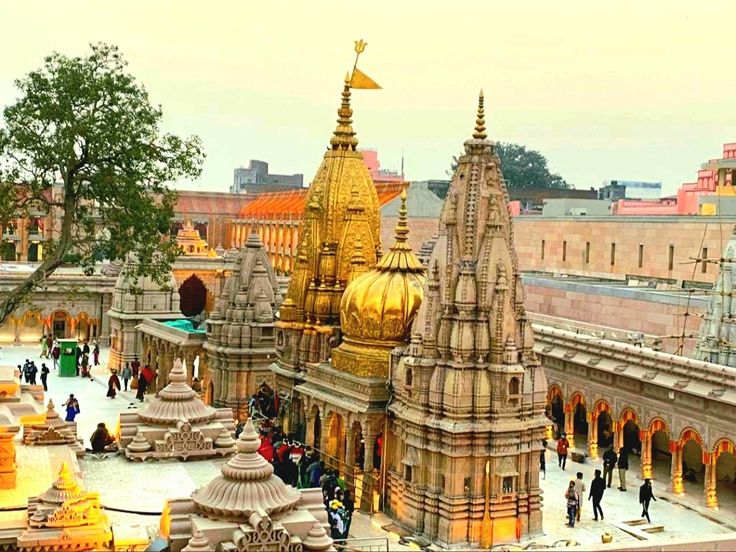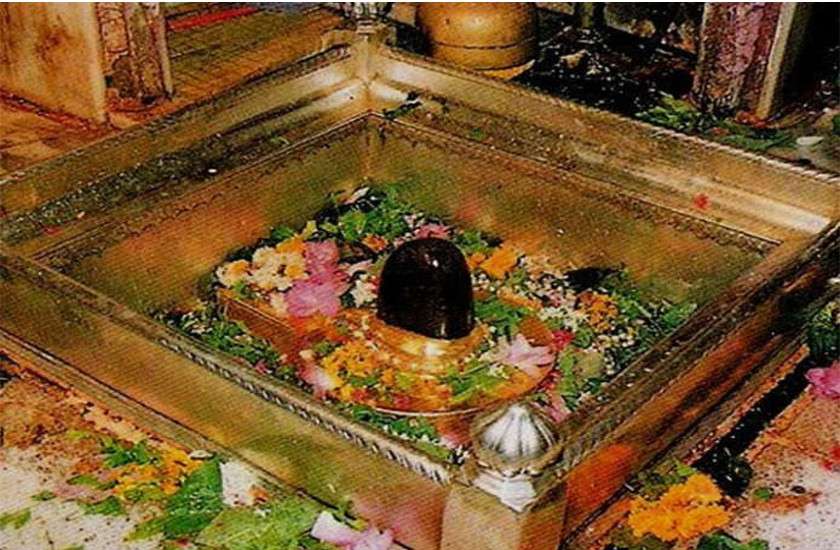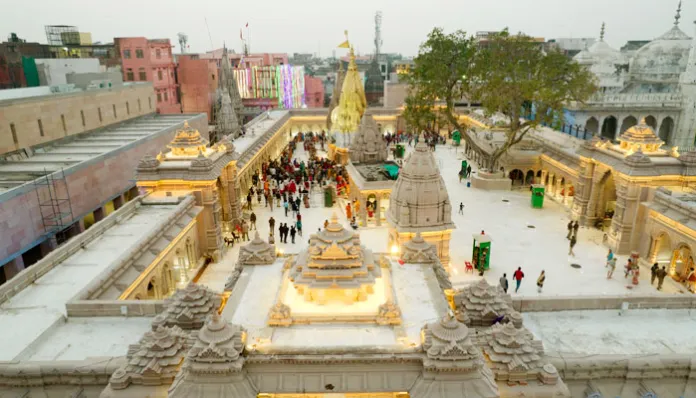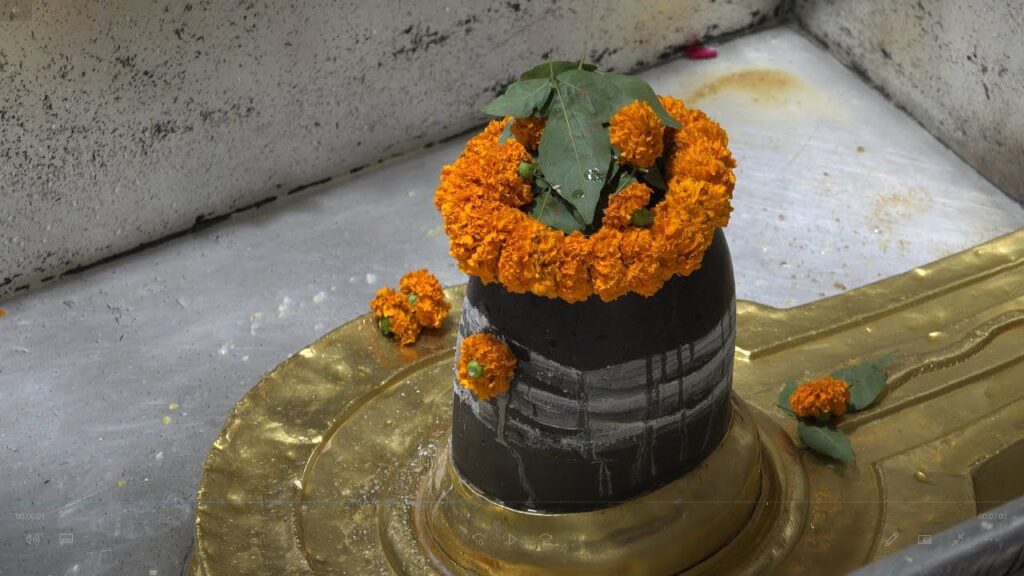Kashi Vishwanath Temple, situated in Varanasi, Uttar Pradesh, holds profound spiritual significance in Hinduism, drawing millions of devotees each year.
Kashi Vishwanath Temple operates with varying timings for darshan (sight of the deity) throughout the day. The temple generally opens its doors for devotees in the early morning around 4 AM and remains accessible until late at night, closing around 11 PM. a
One of the holiest cities in Hinduism is Varanasi, which is situated on the banks of the sacred Ganges. It is commonly acknowledged as one of the most significant sites of worship for Hindus is the Kashi Vishwanath temple.
The Vishwanatha Gali, a narrow path by the river, is home to a cluster of smaller shrines that make up the temple complex. The principal deity of the shrine is housed in a silver altar, measuring 60 centimetres (24 in) in height and 90 centimetres (35 in) in circle.(40) Quadrangles make up the main temple.
The city of Varanasi is the subject of two different puranic passages: the Skand Purana’s “Kashi Khanda” and the Brahmavaivarta Purana’s “Kashi Rahasya.”
There were 1099 temples in all, according to the Kashi Khanda, 513 of which were dedicated to the worship of Shiva. According to the scripture, Moksha Lakshmi Vilas was the previous name of the Vishvanath temple. There were five mandapas (halls) in the temple. The garbhagriha was home to the Vishwanath lingam. The Jnana mandapa in the east, the Ranga mandapa in the west, the Aishvarya mandapa in the north, and the Mukti mandapa in the south are the remaining four mandapas.As per Narayan Bhatta’s book Examining Kashi Vishwanath Temple as a Spiritual Sanctuary
The Kashi Vishwanath Temple, located in Varanasi, Uttar Pradesh, is a popular tourist destination for millions of Hindu devotees each year due to its great spiritual significance. This hallowed sanctuary, devoted to Lord Shiva, is a reminder of the religious and architectural legacy of ancient India. The temple’s hallowed Jyotirlinga, which is thought to have great divine power, is what gives it its holiness.
Built by King Vikramaditya in the eleventh century, the temple was altered several times over the ages as a result of different invasions. Maharani Ahilyabai Holkar of Indore finally reconstructed the temple in the eighteenth century in its current configuration. Visitors are inspired to feel a sense of devotion and peace by the Jyotirlinga’s dwelling place, the beautiful carvings, and the high spire known as the Shikhara.
Both pilgrims and visitors alike throng




An old axis mundi symbol, the Jyothirlinga symbolises the utterly formless (nirguna) truth at the centre of creation, from which the form (saguna) of Shiva emerges. That is why Shiva appeared as a blazing column of light at the Jyothirlinga shrines.
Twelve “self manifested” Jyotirlinga locations, named for the reigning deity, exist; each is regarded as a distinct Shiva manifestation.The main picture at each of these locations is a lingam, which symbolises the limitless and boundless Stambha pillar and represents Shiva’s unlimited nature.

We have been moving excellent encounters for a considerable length of time through our cutting-edge planned occasion bundles and other fundamental travel administrations.
WhatsApp us